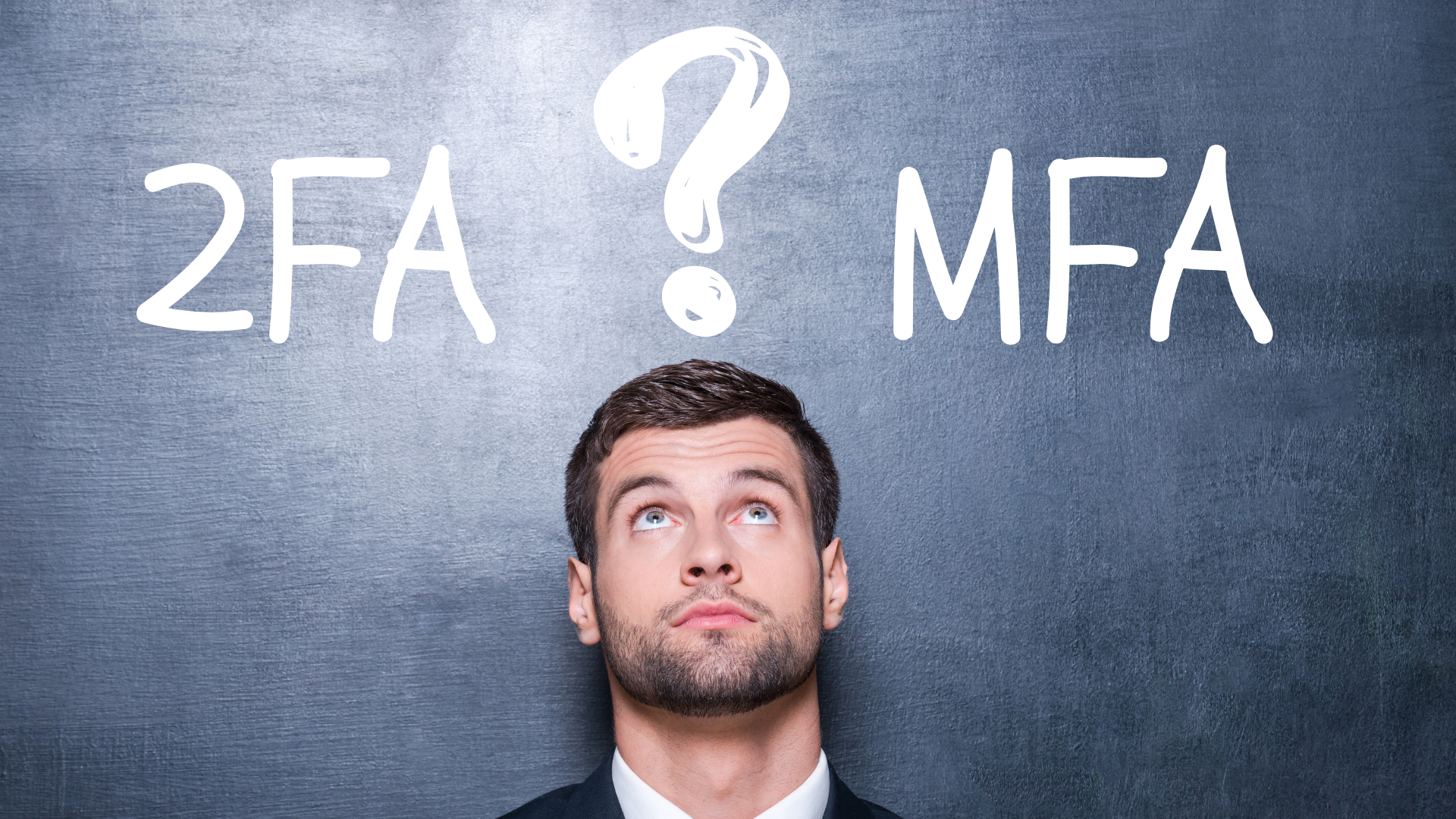In the world of cybersecurity, experts talk a lot about Multi-Factor Authentication (MFA) as the #1 basic requirement for all Enterprises. Companies have a tendency to think of Two-Factor Authentication (2FA) as the same as MFA.
But the Truth Is:
2FA is not MFA, and treating them as interchangeable is a dangerous misconception—especially for businesses that think they’re secure when they’re actually still at risk.
Let’s break it down.
What is 2FA?
Two-Factor Authentication (2FA) means that access to an account requires two different verification methods, typically:
- Something you know (a password or PIN), and
- Something you have (like a phone to receive a code via SMS or app)
It’s better than a password alone, sure—but here’s the problem:
Most 2FA is still highly phishable.
- Text messages can be intercepted (via SIM swap attacks)
- Authentication codes can be stolen through phishing
- Push notifications can be tricked into approval
And even worse:
Most 2FA still starts—and sometimes ends—with a password.
In many common implementations, if you lose access to your second factor (your phone, for instance), the platform falls back on the password as a backup. If a bad actor already has your password, they may bypass the second factor altogether through password reset mechanisms or account recovery flows.
In other words: if your security still hinges on a password, your system is only as strong as your weakest credential.
What is MFA (Really)?
Multi-Factor Authentication (MFA) is a broader term. It means two or more authentication factors—but the key difference is how secure those factors are.
Modern, non-phishable MFA includes:
- Biometrics (fingerprint, face scan)
- FIDO2-based authentication (like hardware security keys or passkeys)
- Device-bound cryptographic credentials that never leave the device
These methods are designed so that even if a hacker tricks a user, they still can’t get in—because the credentials aren’t shareable and can’t be intercepted.
And critically: these methods often don’t require a password at all. That’s why they’re considered passwordless and significantly more secure.
Why This Matters for Your Business
You might think: “We have 2FA enabled—we’re covered.”
But if your second factor is SMS, email, or app-based codes, and you’re still using passwords, you’re exposed to:
In fact, according to recent studies, over 80% of breaches are still linked to weak or stolen credentials.
Even compliance frameworks like CISA’s Zero Trust guidance and NIST SP 800-63 now emphasize the need for phishing-resistant, passwordless MFA.
The Real Message: Good Enough is No Longer Good Enough
If your security strategy relies on passwords plus a code, you’re not as protected as you think. The illusion of security is sometimes more dangerous than no security at all—because it leads to complacency.
Modern threats demand modern solutions.
Bottom Line:
2FA ≠ MFA.
MFA ≠ Secure, unless it’s non-phishable and truly passwordless.
If you’re serious about protecting your business, your people, and your data, it’s time to move beyond passwords—and beyond “good enough” 2FA—to next-gen, ‘Phish-Proof’ MFA.
Reach out any time and ask us how we can help.
